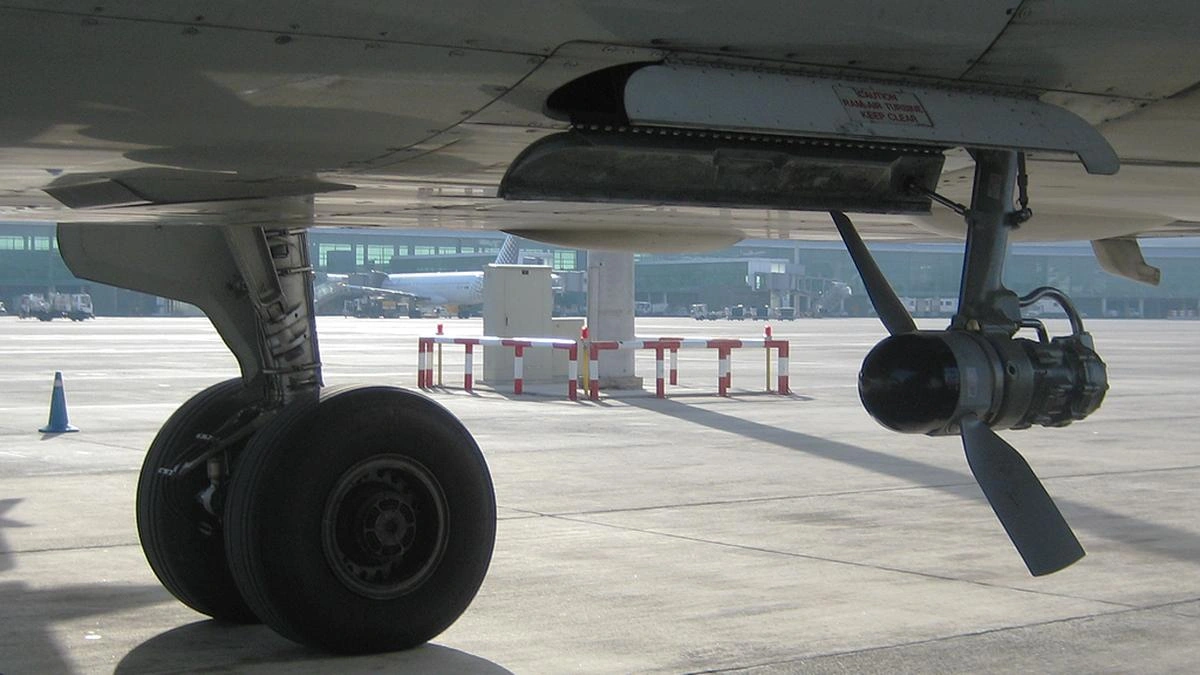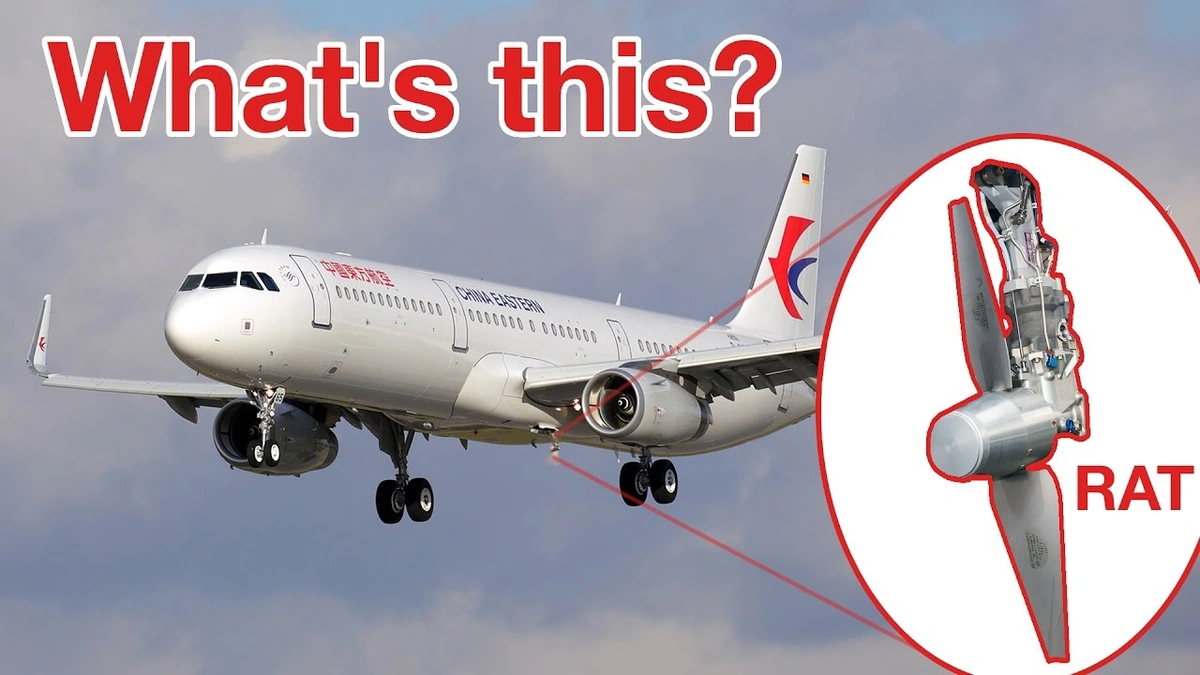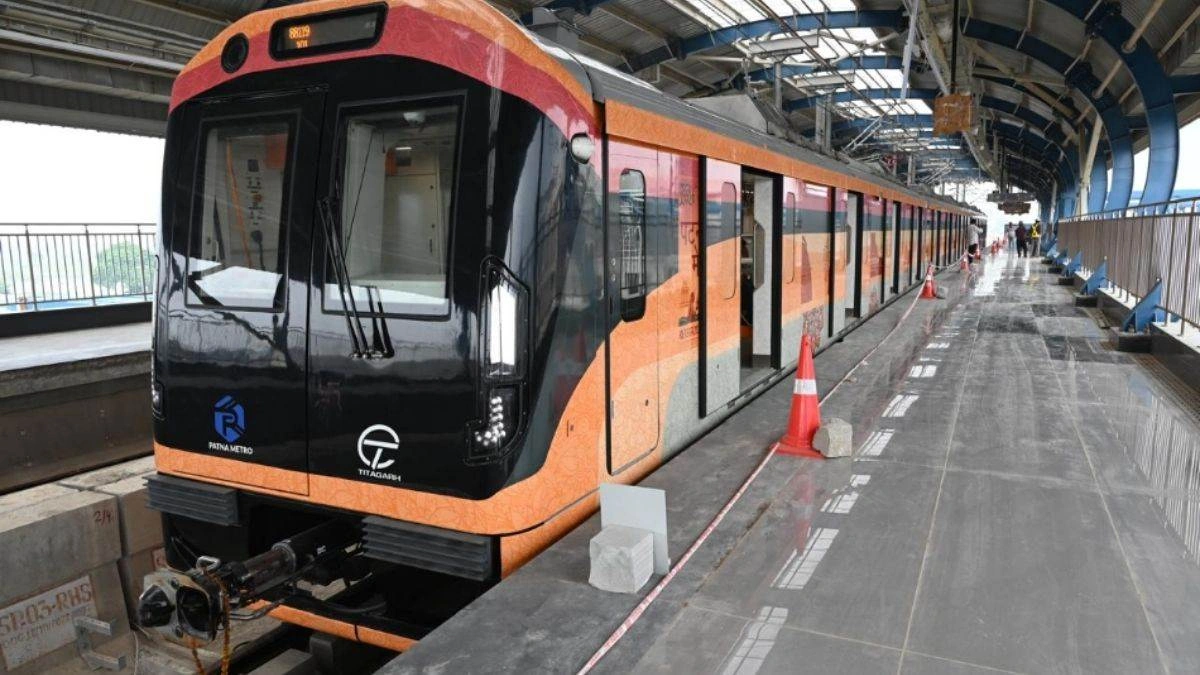Ram Air Turbine | Your Unlikely Lifesaver in the Skies
Ever heard of a ram air turbine (RAT)? Okay, maybe not. But trust me, it’s one of those unsung heroes of modern aviation – and it’s way more interesting than it sounds. Think of it as a plane’s backup generator, a hidden whirlygig ready to spring into action when things go south. Seriously, it’s like something out of an action movie.
Here’s the thing: we take electricity on planes for granted. Lights, navigation, those little screens showing the flight path – all powered by electricity. But what happens when the main engines, the usual power source, decide to take an unscheduled vacation? That’s where the RAT swoops in, quite literally. Learn about the latest in electricals.
So, How Does This Thing Even Work?

Imagine a tiny windmill that drops out of the plane’s belly when the main power is gone. That’s pretty much it, but with a lot more engineering. The emergency power system relies on the airflow generated by the plane’s speed to spin the turbine. This rotation then drives a generator, producing the electricity needed to keep critical systems running.
Now, you might be thinking, “But wouldn’t that create a lot of drag?” And you’d be right! Deploying a RAT isn’t exactly aerodynamic. However, the drag is a small price to pay for the essential functions it provides: flight controls, critical instruments, and communication systems. Think of it as sacrificing a bit of speed to avoid a much bigger problem.
Why Should I Care About a Ram Air Turbine?
Good question! Let’s be honest, most of us aren’t pilots or aircraft mechanics. But understanding the RAT highlights the incredible redundancy built into modern aircraft. It’s a testament to the lengths engineers go to ensure our safety when we fly. Think about it – a backup for the backup! Knowing that a RAT system is there, ready to kick in during an aircraft emergency , can make even the most nervous flyer feel a bit more secure.
What fascinates me is how elegantly simple the idea is, even though the execution is complex. It’s a perfect example of using the environment – in this case, the airflow – to solve a critical problem.
Real-World Ram Air Turbine Deployments | Tales from the Skies
Okay, let’s get to the juicy stuff – actual instances where the RAT has saved the day. There have been numerous cases where planes have experienced complete engine failure, and the RAT has been the lifeline that allowed pilots to maintain control and land safely. And sometimes flight control systems are so important.
One famous example is the Air Transat Flight 236 incident in 2001. The Airbus A330 ran out of fuel over the Atlantic Ocean. The pilots deployed the RAT, which provided enough power to keep the essential systems running, allowing them to glide for an incredible distance and eventually land in the Azores. Without the RAT, the outcome could have been very different.
The Future of Emergency Power | Beyond the Whirlygig
While the ram air turbine has been a reliable solution for decades, engineers are always looking for ways to improve backup power systems. One area of development is in more efficient turbine designs that reduce drag and increase power output. Another is the exploration of alternative power sources, such as fuel cells and advanced battery technology.
But for now, the RAT remains the go-to solution for emergency power in most large aircraft. Its simplicity, reliability, and proven track record make it a vital component of aviation safety.
And, the use cases are expanding.
FAQ | Everything You Wanted to Know About Ram Air Turbines (But Were Afraid to Ask)
What happens if the plane is flying too slow for the RAT to work?
RATs are designed to deploy and function within a specific speed range. Below that speed, they might not generate enough power. However, pilots are trained to maintain airspeed even in emergency situations.
Can the RAT power everything on the plane?
No, the RAT only provides enough power for essential systems. Things like cabin lighting, entertainment systems, and galley equipment are typically not powered by the RAT.
Is the RAT noisy when it deploys?
Passengers might hear a whirring sound when the RAT is deployed, but it’s generally not excessively loud. The focus is on functionality, not minimizing noise.
How often is the ram air turbine tested?
Aircraft undergo regular maintenance checks, including functional tests of the RAT system, to ensure it’s in good working order.
What’s the difference between a RAT and an APU (Auxiliary Power Unit)?
An APU is a small engine used to provide power on the ground or during flight, while a RAT is specifically for emergency situations when the main engines fail. The APU relies on fuel, while the RAT relies on airspeed.
So, the next time you’re soaring through the sky, remember the unsung hero tucked away in the plane’s belly – the turbine deployment – ready to keep you safe should the unexpected happen. It’s a testament to human ingenuity and the relentless pursuit of safety in aviation.













